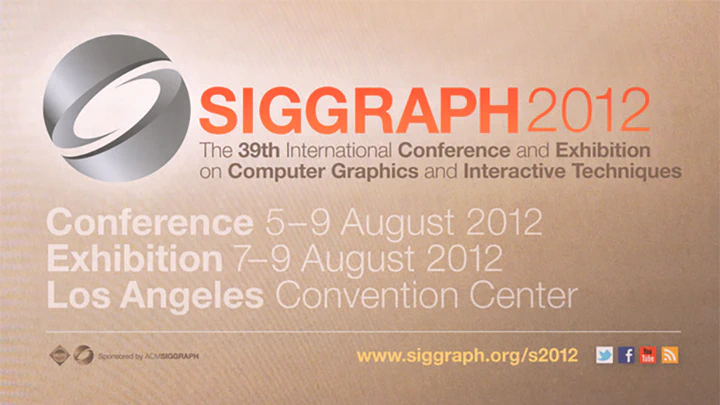Data-Driven Simulation Methods in Computer Graphics: Cloth, Tissue and Faces
Jan 1, 2012·,, ·
0 min read
·
0 min read
Miguel A. Otaduy
Bernd Bickel
Derek Bradley
Huamin Wang

Abstract
In recent years, various methods have been introduced to exploit pre-recorded data to improve the performance and/or realism of dynamic deformations, but their differences and similarities have not been adequately analyzed or discussed. So far, the proposed methods have been explored mainly in the research context. They have not been adopted by the computer graphics industry. This course bridges the gap between research labs and industry to present a unifying theory and understanding of data-driven methods for dynamic deformations that may inspire development of novel solutions. It focuses on application of data-driven methods to three areas of computer animation: dynamic deformation of faces, soft volumetric tissue, and cloth. And it describes how to approach these challenges in a data-driven manner, classifies the various methods, and demonstrates how data-driven methods can work in other settings.
Type
Publication
ACM SIGGRAPH 2012 Courses